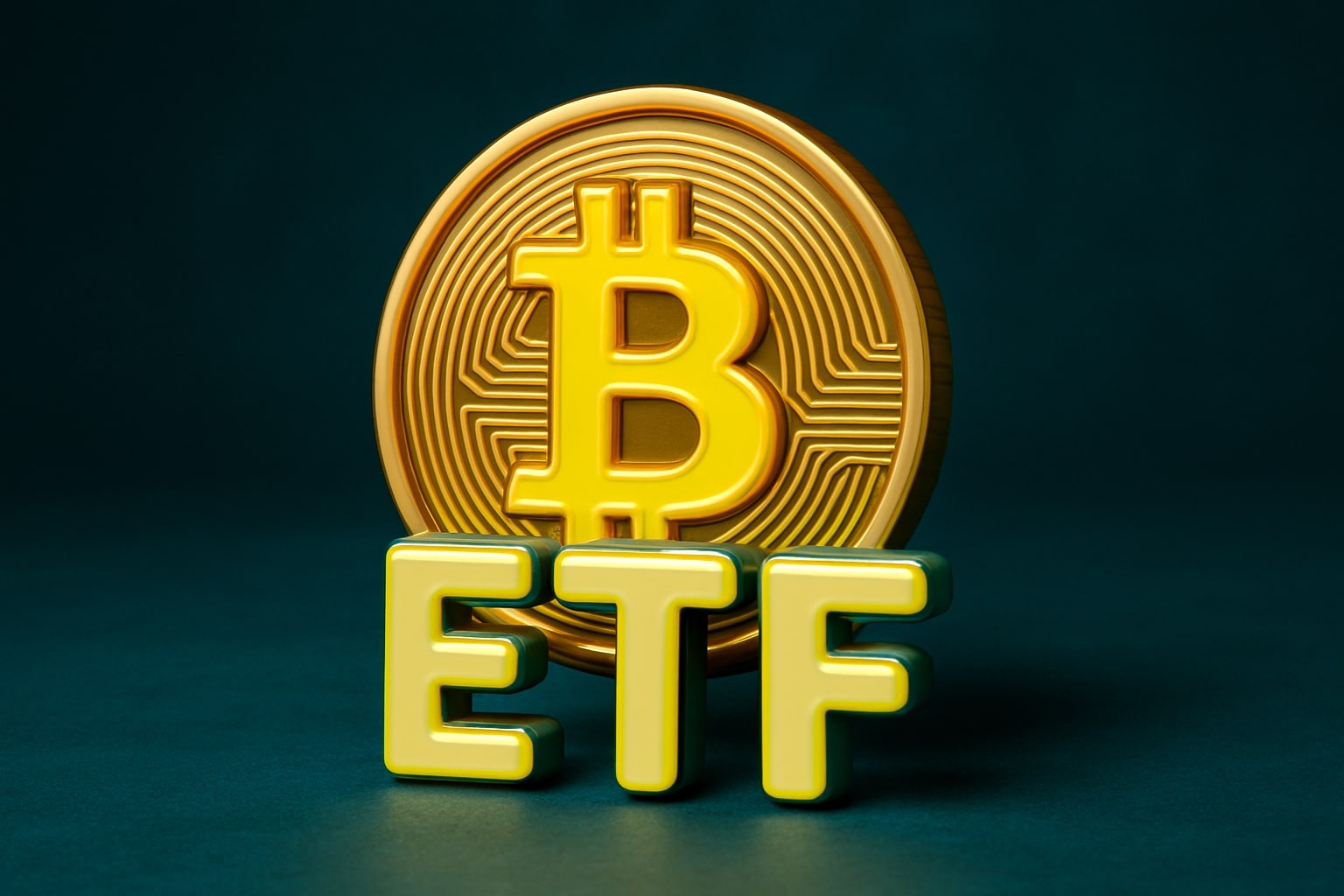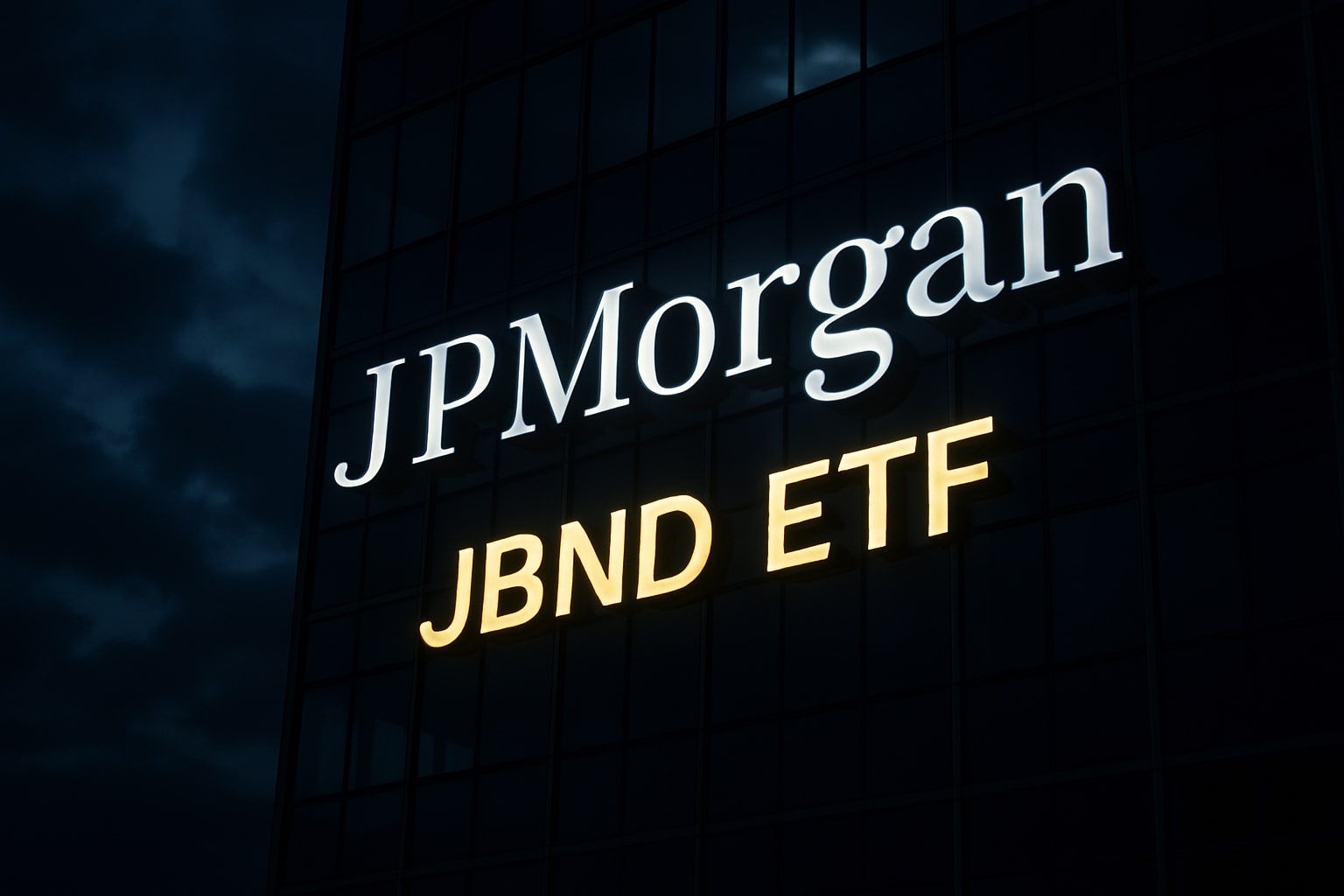
Bitcoin (BTC-USD) Holds $110K as BlackRock-Led IBIT ETF Inflows Hit $20M and Ethereum ETFs Overtake in Q3
Bitcoin (BTC-USD) steadies above $110,000 after $20.3M ETF inflows, led by BlackRock’s IBIT ($107.8M), while Ethereum’s ETHA ETF records $8.7B Q3 inflows | That's TradingNEWS
Bitcoin (BTC-USD) ETFs Record Fresh $20M Inflows as Ethereum’s ETF Leads in Q3 and Whale Activity Reawakens
Bitcoin (BTC-USD) holds near $110,604, up 0.37%, as the ETF landscape shifts dramatically between Bitcoin and Ethereum. For the first time ever, Ethereum spot ETFs attracted higher inflows than Bitcoin, signaling a broader diversification among institutional investors. According to Messari’s data, Ethereum ETFs saw $8.7 billion in inflows in Q3 versus $7.5 billion for Bitcoin, marking a symbolic rotation in digital asset capital flow. Yet, Bitcoin’s underlying fundamentals remain powerful—ETF inflows resumed this week with $20.3 million, led by BlackRock’s iShares Bitcoin Trust (IBIT) with $107.8 million in net inflows, reaffirming institutional confidence even after volatile sessions.
Meanwhile, the Bitcoin ETF ecosystem continues to evolve into the core liquidity engine of the market. U.S. ETFs collectively hold about 1.66 million BTC, roughly 6.4% of total supply, indicating that ETF flows now define Bitcoin’s daily price direction more than any single whale wallet. The dynamic interplay between ETF flow trends, macro conditions, and long-term holders’ profit-taking cycles has turned the ETF market into Bitcoin’s primary sentiment gauge.
Ethereum’s (ETH-USD) ETF Inflows Surpass Bitcoin for First Time — BlackRock’s ETHA Leads
In Q3 2025, the spotlight shifted unexpectedly as Ethereum’s spot ETFs outpaced Bitcoin in net inflows. BlackRock’s Ethereum Spot ETF (ETHA) saw its assets under management surge 266.1% quarter-over-quarter, jumping from $4.4 billion to $16 billion, with a market share of 58.2% among Ethereum ETF products. This milestone underscores Ethereum’s institutional adoption momentum, driven by staking yield potential and smart contract activity resurgence.
For Bitcoin, the competitive ETF landscape remains fierce. While IBIT continues to lead in aggregate inflows, other issuers like Fidelity’s FBTC and Bitwise’s BITB posted $7.2 million and $17.4 million in net inflows respectively. However, Grayscale’s GBTC and Ark 21Shares’ ARKB registered notable outflows of $60.5 million and $55 million, reflecting profit rotation rather than a structural decline in investor demand. The capital shift highlights a market in transition—where Ethereum ETFs offer yield and network growth exposure, while Bitcoin ETFs remain the dominant macro hedge.
ETF Flows Become Bitcoin’s Main Driver as Whale Wallets Reactivate
Since January 2024, spot ETF inflows and outflows have been the primary determinant of Bitcoin’s green and red trading days. Large inflows often align with rallies above key resistance zones, while outflows precede pullbacks. This trend has intensified in Q3 2025 as exchange balances fell to a six-year low of 2.83 million BTC, limiting tradable supply and magnifying ETF impact on intraday price action.
Glassnode’s latest report suggests that recent ETF outflows might actually signal a short-term market bottom, as they historically coincide with “washout” phases where weaker hands exit before rebounds. These cycles are reinforced by whale wallet activity—notably, a dormant miner wallet holding 4,000 BTC ($442 million) reactivated this week after 14 years, transferring 150 BTC ($16.6 million) in its first move since 2011. Analysts interpret these reactivations as opportunistic profit realization rather than panic selling.
The number of entities holding at least 1,000 BTC has climbed to 1,670, the highest since 2021, signaling ongoing consolidation among long-term investors. With ETF custodians like BlackRock now controlling over 800,000 BTC, the traditional definition of a “whale” has evolved—whale-scale influence is now institutionalized through ETF pipelines rather than individual wallets.
Macro, Futures, and Derivatives Paint a Cautious but Bullish Setup
Bitcoin futures on Binance rose sharply in October, reaching $543.3 billion, or 27% of all futures activity on the exchange—up from $418 billion in September. This surge signals strong speculative engagement even as spot volatility narrows. The 10-year Treasury yield hovering near 4.3% and a cooler U.S. CPI print at 3.0% YoY have revived risk appetite across crypto markets, with traders betting on potential Fed rate cuts in early 2026.
Open interest across exchanges has rebuilt to pre-summer levels, while funding rates remain neutral, indicating that leverage is balanced. Glassnode’s ETF flow tracker shows net $20.3 million inflows on Oct 23, reversing prior outflows of $101 million. Historically, two consecutive positive ETF flow days have preceded rallies averaging +5–8%, which positions Bitcoin for a retest of $112,000–$115,800 resistance in the coming sessions.
Read More
-
JBND ETF Stabilizes Near $54.16 as Cooling Real Yields and Firm Credit Spreads Fuel a Stronger Outlook
13.11.2025 · TradingNEWS ArchiveStocks
-
XRPC ETF Roars Out of the Gate With $26M as XRPI at $13.51 and XRPR at $18.98 Lead a New XRP ETF Market Cycle
13.11.2025 · TradingNEWS ArchiveCrypto
-
Natural Gas Price Surges Toward Multi-Year Highs as $4.60 Breakout Collides With Winter Demand
13.11.2025 · TradingNEWS ArchiveCommodities
-
USD/JPY Price Forecast - Yen Surges Toward 155.00 as BoJ Uncertainty and U.S. Data Backlog Ignite a High-Risk Breakout
13.11.2025 · TradingNEWS ArchiveForex
Technical Outlook: $110K Holds as Support While $115K–$118K Defines Next Breakout Zone
Technically, BTC-USD is stabilizing above $110,000, with a near-term resistance ceiling at $115,800, marking the next breakout threshold. RSI readings near 56 show neutral-to-bullish momentum, while MACD maintains a widening bullish spread. Should Bitcoin close a daily candle above $112,000, the next upside wave could target $118,500, aligning with derivative positioning and ETF inflow momentum.
Support remains firm between $107,200 and $108,000, a zone tested repeatedly over the past two weeks. Below that, the $104,500–$100,000 band represents deep value territory, where institutional bids have historically reemerged. Volume-weighted analysis confirms increased accumulation between $109,500 and $110,200, signaling trader positioning for an upside break.
Market Psychology and Strategic Rotation Across ETFs
Bitcoin’s dominance continues to fluctuate around 55.7%, while Ethereum’s dominance rose to 11.9%, confirming the rotation into ETH-linked products. The shift has prompted ETF issuers to diversify exposure — BlackRock’s ETHA now mirrors its IBIT structure to attract dual exposure investors.
The ETF ecosystem has redefined crypto liquidity: U.S. spot ETFs now hold 6.4% of Bitcoin’s supply, worth roughly $183 billion, while Ethereum ETFs collectively hold over $16 billion. These instruments no longer just track market sentiment — they are actively shaping it, determining liquidity availability and price momentum.
Outlook and Verdict: BUY — ETF Flows Point to Sustained Strength Into Q4
Despite Ethereum’s Q3 inflow dominance, Bitcoin remains the global liquidity anchor. With ETFs showing consistent inflows ($20.3M this week), futures volumes at record highs, and long-term whale consolidation increasing, BTC-USD maintains a bullish structure supported by institutional mechanics.
Short-term upside targets stand at $115,800–$118,500, with a broader Q4 range extending to $125,000–$130,000 if ETF flows remain positive and inflation stabilizes. The washout phase observed in ETF redemptions appears to be ending, setting the stage for renewed capital inflows.
Given robust ETF participation, growing futures activity, and declining exchange supply, Bitcoin (BTC-USD) is rated BUY, with a target range of $125,000–$140,000 by Q1 2026 as institutional momentum continues to outpace retail turnover.

















